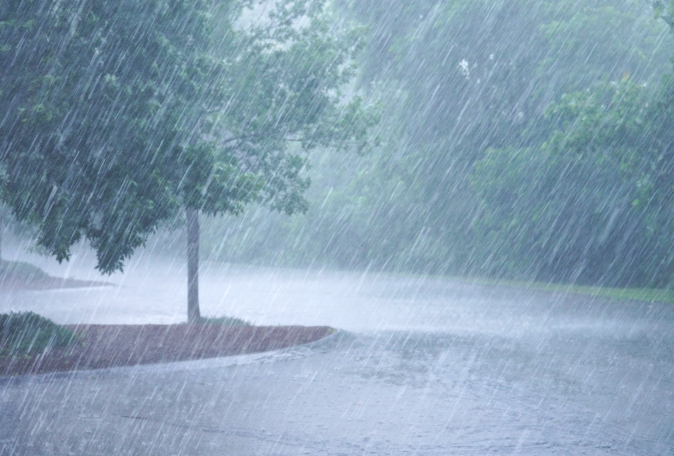ENSURE YOU’RE SAFE WHEN STORMS/Heavy rains hit: Tips on how to protect your home and car
De Wet De Villiers
ENSURE YOU’RE SAFE WHEN STORMS/Heavy rains hit: Tips on how to protect your home and car
The heavy floods that wreaked havoc in 2022 across parts of KwaZulu-Natal, the Eastern Cape and North-West Province caused loss of life and widespread damage to property and infrastructure. People were evacuated and it has been reported that over 40,000 individuals were displaced, while certain areas were cut-off and inaccessible.
Carbon Brief reported that, according to the findings of a new “rapid-attribution” study, the extreme rainfall that triggered one of South Africa’s deadliest disasters of this century was intensified and likely due to climate change. They elaborated that The World Weather Attribution service found that climate change doubled the likelihood of its reoccurrence – from an expectancy once every 40 years to once every 20 years. Moreover, the rainfall over the two-day period was 4-8% more intense than it would have been without climate change.
The Institute of Security Studies stated that with every second city and town projected to suffer increased flooding, South Africa must be better prepared.
It is therefore apparent that we have to prepare as much as possible to prevent flooding from damaging our property and decrease the risk of a flood-related car accidents.
COURTESY SANTAM WE OFFER THE FOLLOWING TIPS TO HOMEOWNERS AND MOTORISTS:
~ Courtesy Santam
How to protect your house
- Clear gutters of debris frequently to ensure less chance of overflow, which could lead to water pushbacks and potential internal water damage.
- Inspect the roof regularly and be vigilant about maintaining it.
- Keep trees and shrubs trimmed to prevent branches or debris damaging your home.
- Secure outdoor furniture or move it under cover.
- Ensure your home and household contents are insured for the correct replacement value.
- If your home is on a slope, make sure the water outflow is unrestricted. Speak to your neighbours if water must pass through their yard.
- Move furniture, electronic equipment, and valuables out of harm’s way; lift them off the floor.
In the event of flooding
- Shut off electricity at the main distribution board.
- Those using sandbags must ensure cloth is inserted between the layers. The cloth becomes saturated and forms a more watertight insulation in between the bags, thereby not allowing the water through.
Practical steps to avoid future damage from flood water
- Make sure the electrical points, plugs, fixed heaters and even wiring are at least 300 mm above expected flood levels.
- The slope of your property can direct water into or from your house. Observe where the water accumulates and flows. Where possible, place drainage grids at the catchment points with better and deeper drainage ports. Ensure the outflow from the roof gets to the street as quickly as possible.
- Those with large, flat gardens that have attenuation problems can install a perforated 110 mm pipe. The pipe must be seated into a bed of gravel, which can be buried 350-450 mm below the worst areas. This allows easy absorption and is a very cost-effective method.
Practical steps to follow whilst driving in heavy rain
- Avoid areas and traffic routes where flooding has been reported.
- Monitor local weather and traffic reports and plan your route accordingly to avoid areas where severe weather (high winds, storm sea surge and potential flooding) can be expected.
- Reduce driving speed in rainy conditions and increase your following distance from the vehicle in front of you.
- Be alert and aware of the road conditions in front of you.
- Be particularly aware of the vehicles around you in times of poor visibility. Ensure your headlights are switched on.
- Obey the rules of the road, especially any temporary signage or hazard warnings about flooding.
- Avoid braking suddenly as this could cause your vehicle to skid or hydroplane.
- Ensure your windscreen wiper blades, and brake pads are in top condition.
- Ensure your car is insured for the correct value and that your policy will cover flood damage.
At De Wet De Villiers Brokers, we are always available and ready to assist our clients in the event they need us. Feel free to contact us for a quote on your car and home insurance! Simply email us at info@dwdv.insure or call us on 014 592-1077.


